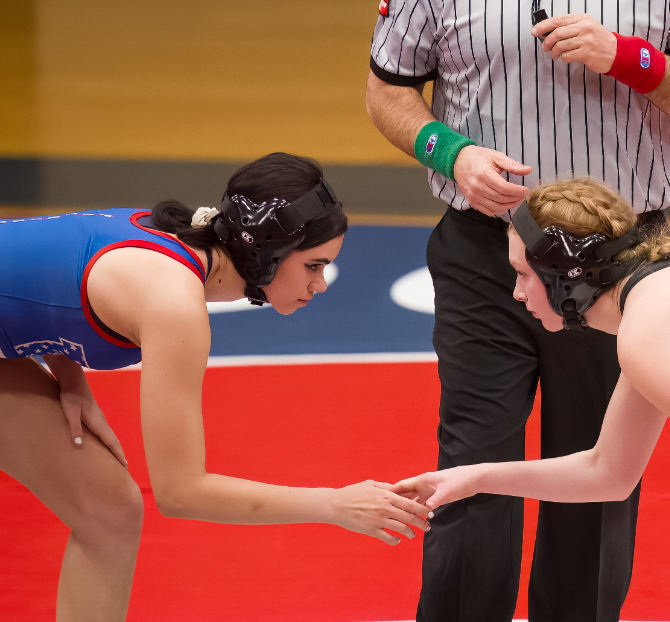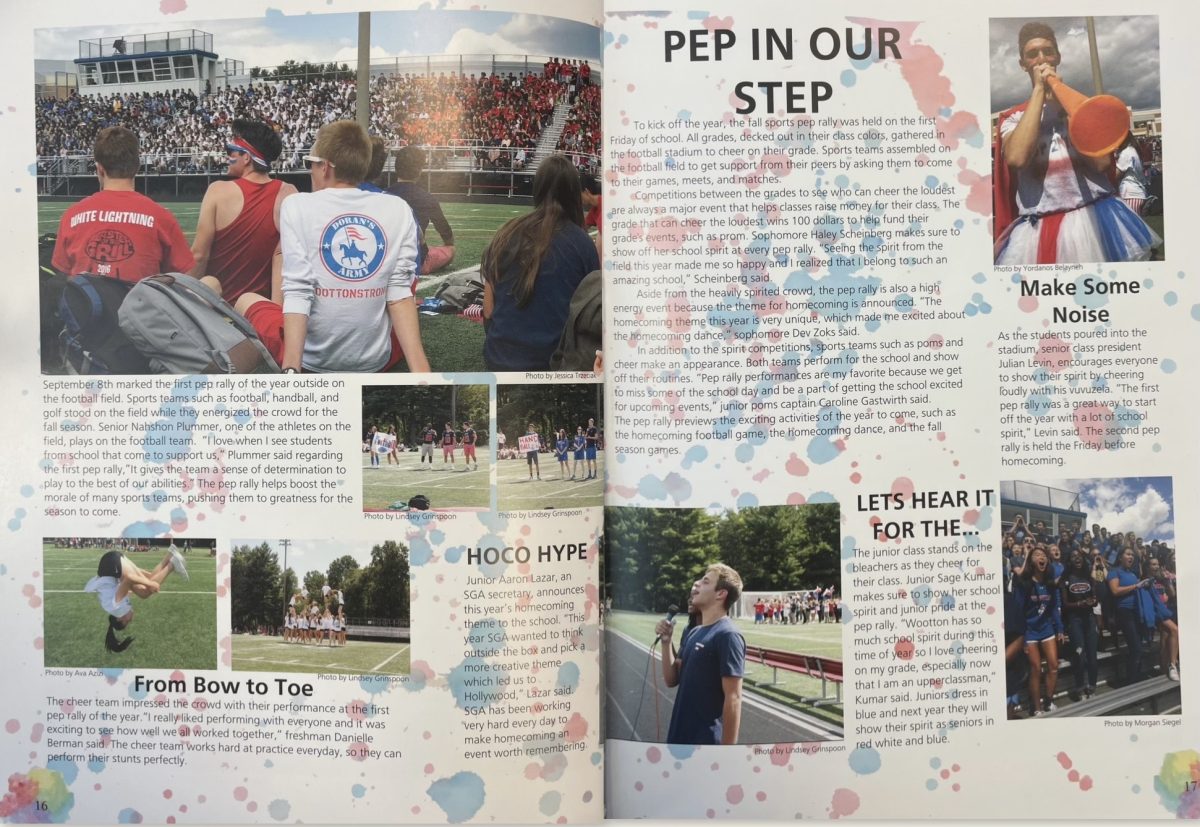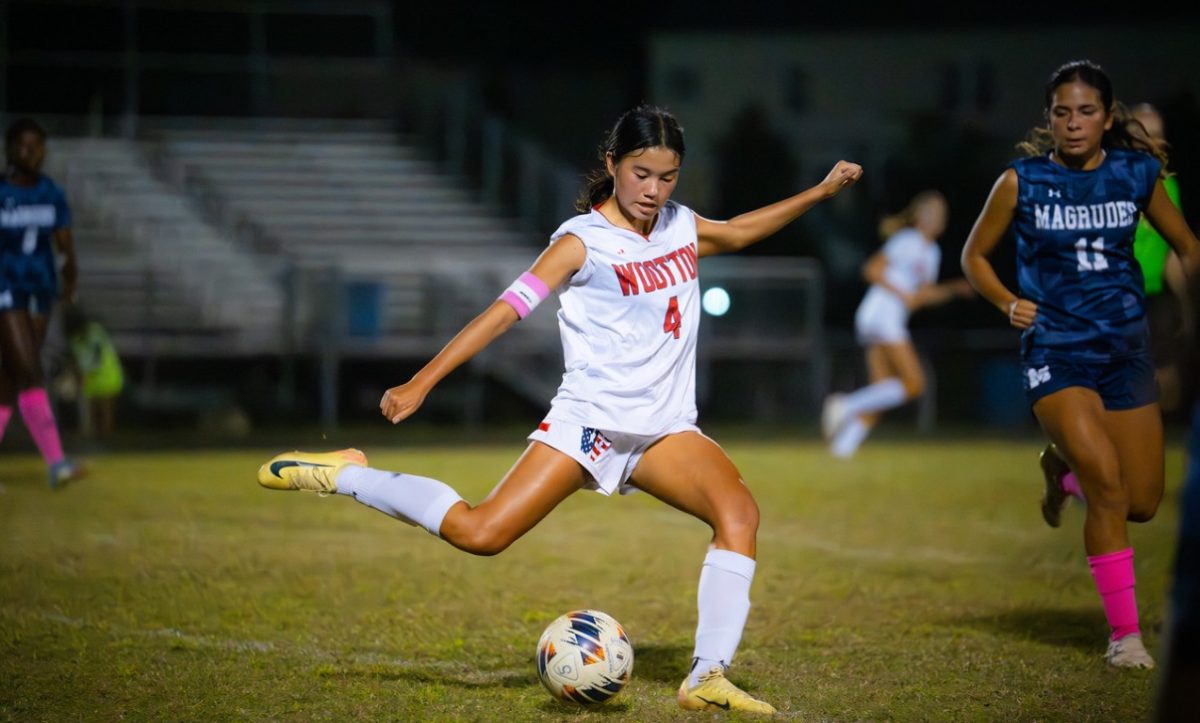Since the beginning of its history, wrestling has been a highly male-dominated and masculinized sport. With girls and women being excluded from participation in sports or being pressured to be involved in more “graceful” and “beautiful” sports during the first half of the 20th century, the history of women in sports is aligned with changes in societal and cultural beliefs about gender and femininity.
Gradually, women began participating in sports where there were barriers such as nets and lane dividers to avoid physical contact, such as figure skating, gymnastics, badminton and tennis, but participation in team sports that were more involved with strength and physical contact was not encouraged for girls and women until the late 20th century and the enforcement of the Title IX legislation. This served as a significant turning point in the history of women in sports and largely expanded their opportunities, though there is still resistance towards female participation in combat sports such as boxing, fencing, judo and wrestling.
A common argument for females not being involved in wrestling is the obvious size and strength differences between women and men in wrestling. In a sport where every distinction in an athlete’s and their opponent’s muscularity and stature have such a significant impact on their performance, it would seem mortifyingly unjust to pair a male and female together for a match, as the physical differences would make it extremely difficult and unfair for the female athlete.
A solution to this would be to simply have every female wrestler be paired with another female; however, this is not always the case in instances such as high school matches where there are too few female wrestlers on teams for females to wrestle against females. This then causes women to be matched up with men; this not only, again, puts the female at a major physical disadvantage, but as Olympic wrestler and gold-medalist Adeline Gray stated in an interview with the Los Angeles Times, it can result in measures as drastic and disrespectful as the male athletes choosing to forfeit their matches rather than face a girl.
Yet in wrestling, a key factor in the grouping and pairing of wrestlers is not merely physical strength, but body weight. Because of this, wrestlers are classified into different weight classes, so that they can compete against evenly matched opponents, regardless of age.
This, therefore, allows both females to be evenly matched when they are paired together, but also when females and males are paired, as being in the same weight class greatly diminishes the strength differences. Also, while there are still chances of girls having to wrestle boys, this chance has decreased over the years as girls’ wrestling participation numbers had explosive growth, with a 46% average increase across all states during the 2022-2023 season. This increase in participation, therefore, causes a greater likelihood of females being matched against females in matches, which ensures fair and equal competition.
Additionally, wrestling uniforms serve as a major setback for gender equality in this sport. Wrestling gear, especially the traditional singlet, a sleeveless, one-piece uniform, is clearly not made for the female body, as they are often low-cut or include elongated armholes that expose the sides of the chest. While a seemingly obvious solution would be to wear a shirt or additional garment under the singlet, this would put female wrestlers at a disadvantage because it would be easier for them to be grabbed by their opponent; on the other hand, if no additional garment is worn underneath, it can lead to exposure and discomfort, as seen with the competitor of former USA Wrestling national team member Leigh Jaynes. Jaynes stated in an interview that, “[her competitor] was defending against a gut wrench and her boob was out.”
This instance highlights the issue of not only the sport of wrestling itself but also the world of athletic gear for combat sports still being widely dominated by men, which is paid at the expense of the embarrassment and humiliation of female athletes.
As the 2024 Olympics approaches and the number of female high school wrestlers continues to increase across the country, it is not only crucial that women and men can be viewed, treated, and competed against fairly, but it is also of the utmost importance that girls have the opportunity to participate in this sport. By discouraging girls from wrestling, society as a whole continues to directly contribute to a stereotype that paints women as fragile and meek, as well as the stereotype that portrays wrestling as an outdated and bigoted sport.










Herb Dempsey • Jan 23, 2025 at 6:23 PM
An outstanding commentary on schools and where one of the biggest tax-supported barriers to equality sucks equity out of a system allegedly guaranteed and mandated to treat everyone equally. Every article I read says girls are second class people while schools continue to assure the imbalance remains. Wrestling is part of a sadly corrupt and sexist system.